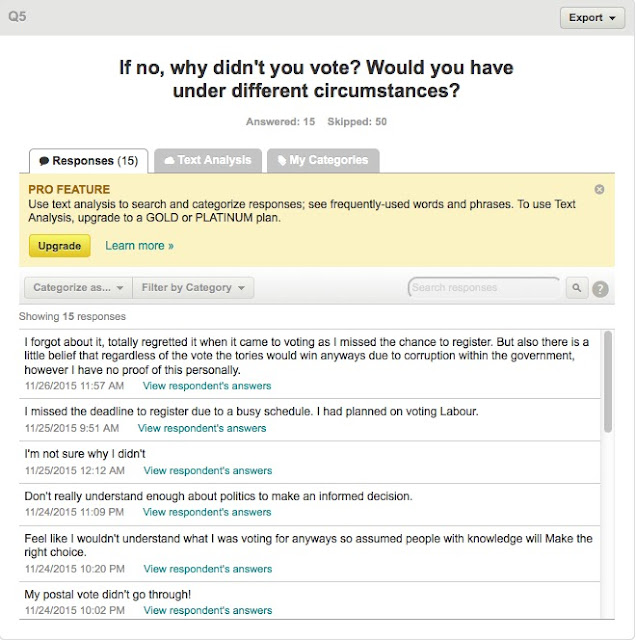PLAN TO SUCCEED.
PREPARE TO FAIL.
FAIL BETTER TO IMPROVE.
Today I've been in college again with the sole purpose of creating my brief templates so I can hit the ground running on September 25th. I've taken the default provided template, altered slightly to make it more appropriate and applicable to myself and I've formatted in a way that not only reflects my attitudes as a designer, but functions better as an important document.
I've also had the opportunity to talk briefly with our Tutor about the specifics of writing briefs with the intention of a final year based heavily around collaboration and studio based work. It's great that myself and James have cleared up that we need to approach any work we credit to our studio from our own perspectives, and clearly deliver a recognisable, individual portfolio to cover ourselves in case of changes to any plans. As much as we're serious about [ B R A C K E T ], we need to personally develop as designers as well and make sure we're both individually hitting programme criteria if we want to do well this year.
Here's a look at the brief template I've designed:
































